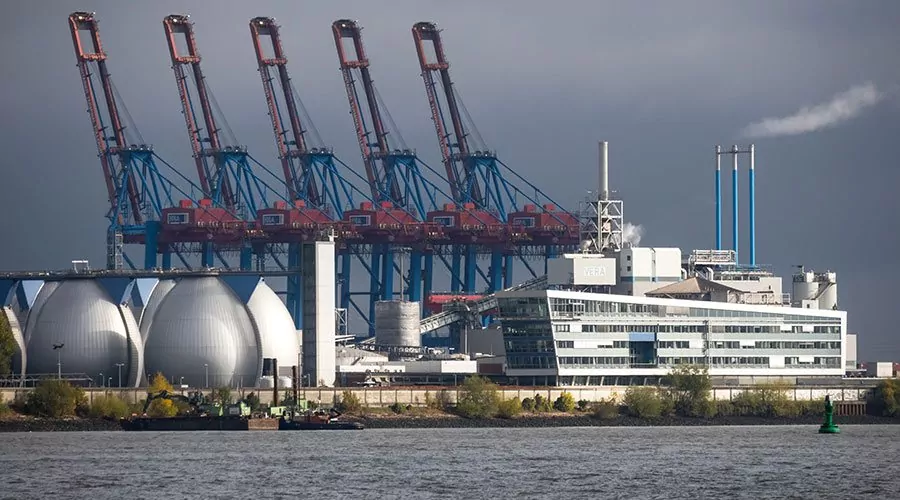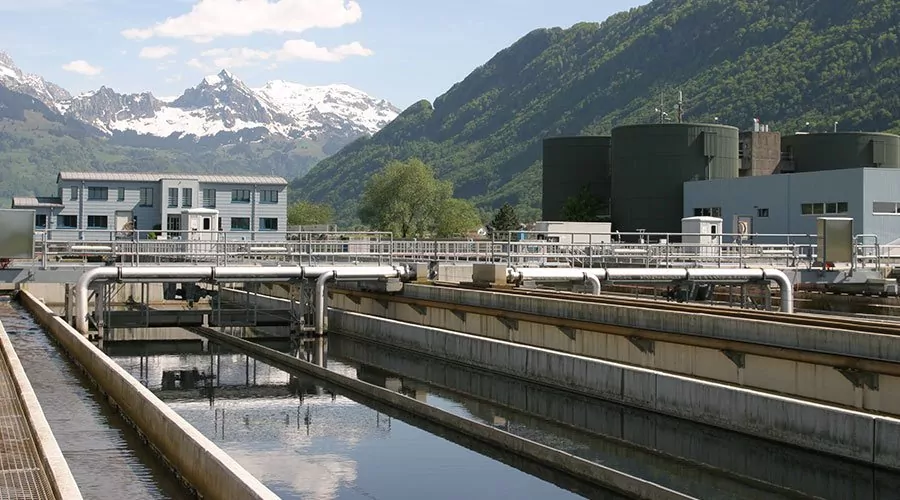
Water Treatment Plant
A water treatment plant is a facility that removes impurities and contaminants from water to make it safe for human consumption and other uses. The treatment process typically involves the following steps:
- Pretreatment: This step involves removing large debris and sediment from the water using screens, grit chambers, and sedimentation tanks.
- Coagulation and flocculation: Chemicals are added to the water to neutralize the electric charges on the particles, causing them to clump together and form larger particles called floc.
- Sedimentation: The flocculated particles settle to the bottom of a sedimentation tank, where they are removed from the water.
- Filtration: The water is then passed through a series of filters, such as sand or gravel filters, to remove remaining particles and impurities.
- Disinfection: The water is treated with chemicals, such as chlorine, to kill bacteria and other microorganisms.
- PH Adjustment: The water is adjusted to the appropriate pH level to make it safe for consumption.
- Fluoridation: Fluoride is added to the water to help prevent tooth decay.
The treated water is then stored in a holding tank or reservoir before being distributed to households and businesses.

Sewage Treatment Plant
A sewage treatment plant is a facility that removes contaminants and pollutants from wastewater before it is discharged into a natural water body. The treatment process typically involves the following steps:
- Primary treatment: This step involves removing large debris and solid waste from the wastewater using screens and sedimentation tanks.
- Secondary treatment: In this step, bacteria and other microorganisms are used to break down the remaining organic matter and pollutants in the wastewater.
- Tertiary treatment: This step involves further removal of pollutants, such as nitrogen and phosphorus, using chemical and biological processes.
- Disinfection: The treated wastewater is then disinfected using chemicals, such as chlorine, to kill any remaining bacteria and other microorganisms.
The treated wastewater is then discharged into a natural water body, such as a river or stream, or used for irrigation or other purposes.

